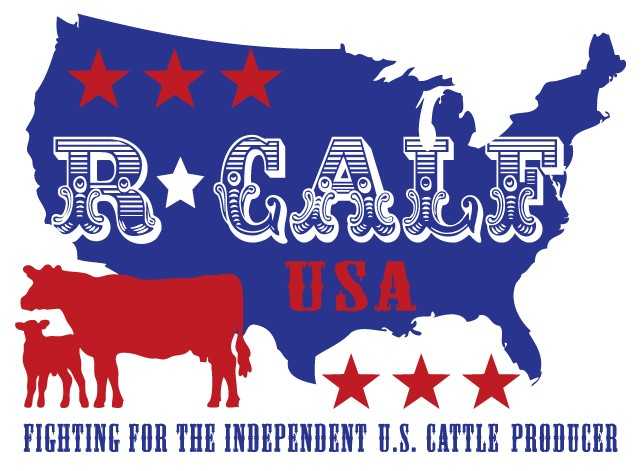![]()

Commentary by Bill Bullard, CEO, R-CALF USA
Here’s the $60 million dollar question: Why is the U.S. losing so many cattle farmers and ranchers and so many mother cows during a time when the industry is making so many gains in terms of producing more with less, improving quality and increasing exports?
To answer this, let’s look at the period after we entered the era of globalization in a big way. The starting point is 1994 when the U.S. entered the North American Free Trade Agreement or NAFTA. The promise then was that because 95 percent of the world’s population lives outside the United States, what the U.S. cattle industry needs to do is open its border up to more imports, which will cause other countries to reciprocate, and we will have more access to beef eating consumers abroad. And once we have that increased access abroad, U.S. cattle producers will roll in prosperity.
Since the census came out in 2022, we’ll look at the gains our industry has made by comparing where the industry was at the start of NAFTA, which was 1994, and where it was in 2022.
And here are the gains:
- We’ve increased carcass weights by 17 percent and are now producing more beef with fewer cattle.
- The U.S. population increased nearly 27 percent, so there are many more beef eaters in the United States.
- Domestic beef consumption has increased by 12 percent.
- Beef demand has increased 4 percent.
- Consumers have continued their willingness to pay more for beef, with all-fresh retail beef prices rising 175 percent. Consumers paid $2.65 per pound on average in 1994 and $7.30 per pound in 2022.
- The volume of cattle and beef exports increased an impressive 81 percent.
- The total value of cattle and beef exports jumped a whopping 305 percent.
- The per pound value of exports jumped 124 percent, from $1.54 per pound in 1994 to $3.45 per pound in 2022.
So, these all seem to be significant gains for the industry in terms of carcass weights, beef demand, consumer’s perception of increased quality, more potential beef consumers in the domestic market and increased access abroad as measured by increases in the volume and value of exports.
With all these gains, you’d expect that U.S. cattle farmers and ranchers have been both profitable and prosperous over the past 28 years, which is the time span between 1994 and 2022.
But that’s not what happened.
Even with a 17 percent increase in carcass weights, increased consumption, increased demand, and a huge increase in exports, domestic production from cattle born and raised in the United States increased a paltry 17 percent.
Since NAFTA, over 280,000 cattle farmers and ranchers exited the industry, representing a 31 percent decline. And, the U.S. beef cow herd was reduced by over 4.6 million mother cows, representing a 13 percent decline in cattle inventories.
So, what are we missing here that might help explain this counterintuitive outcome?
Well, while domestic production increased a paltry 17 percent in the face of all the promising gains, the volume of imported cattle and beef increased nearly 26 percent.
The volume of cattle and beef imports was over 4 billion pounds in 2022.
Using the Beef Checkoff Program’s live animal conversion factor of 592 pounds of beef to equal one live animal, the 4 billion pounds of imported beef is the equivalent of nearly 6.8 million cattle. So, that means that the 4.6 million mother cows removed from our herd since NAFTA were replaced by the equivalent of nearly 6.8 million head of imported cattle in 2022.
And you do know that imported cattle and beef hit an all-time record high last year in 2023, right?
When faced with a shrinking domestic industry despite very favorable economic fundamentals, responsible industry organizations and industry analysts should begin searching for the cause or causes of the problem.
So where are they? Why isn’t anyone from the conventional cattle and beef organizations evaluating the extent to which imported live cattle and imported beef might be reducing profitable opportunities for U.S. cattle producers?
You should start asking those analysts and industry representatives whose silence has been deafening, “If imports are not a contributor to the ongoing shrinking of our U.S. cattle industry, then what is?”
